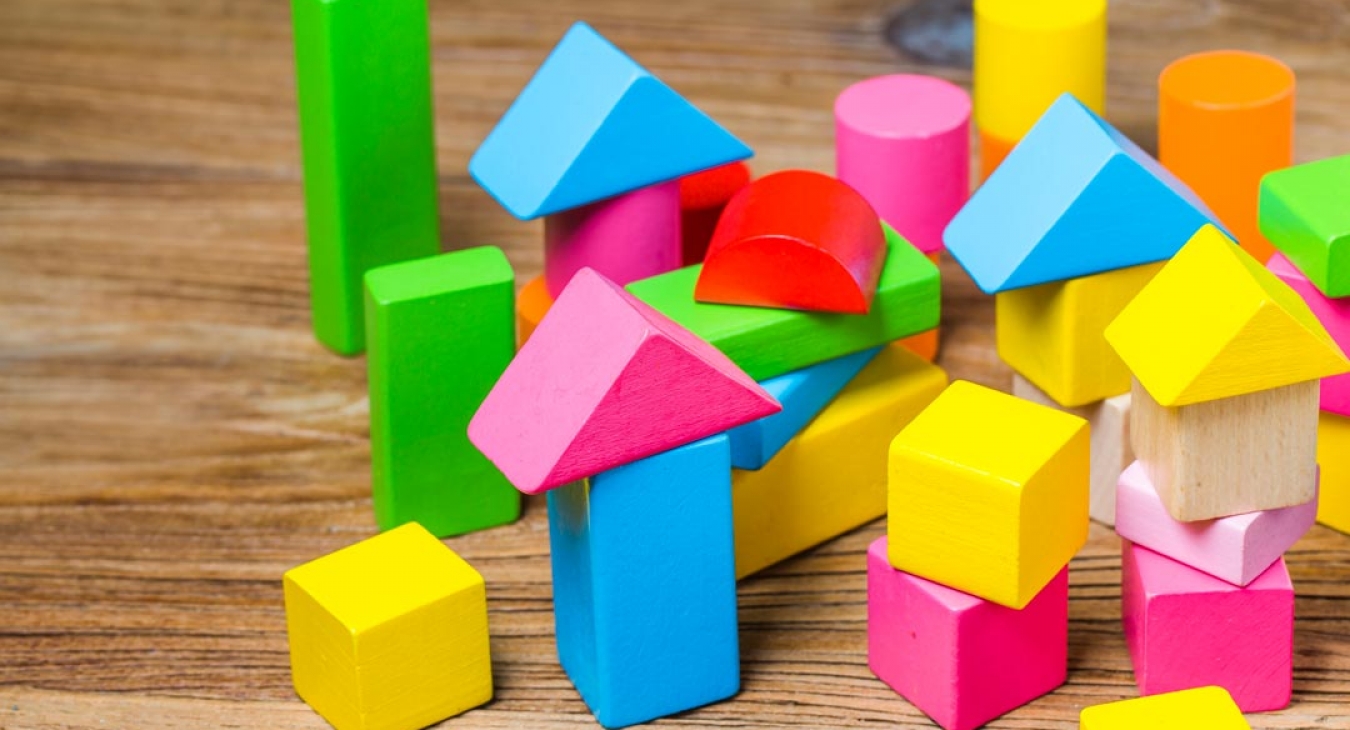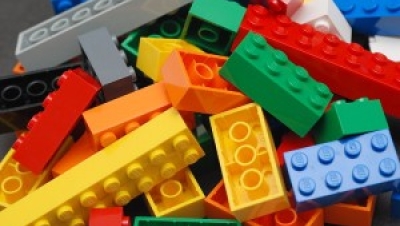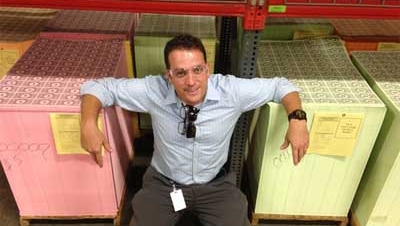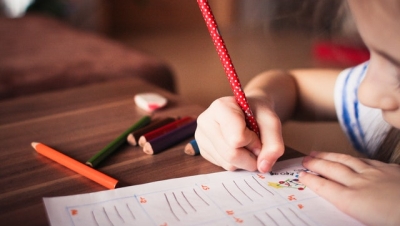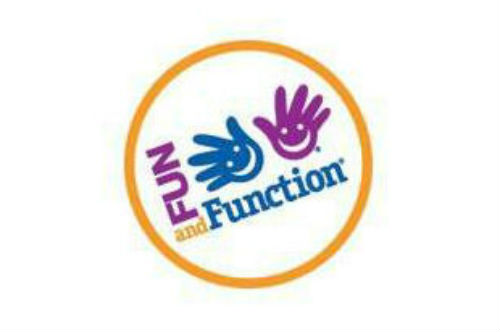Wooden vs. Plastic Toys For Kids
It’s often said that play is a child’s work, and it’s only one of the many definitions of play we can come across when exploring the topic.
We know that playtime is instrumental for a young mind’s development, but are all games and toys created equal? The most common discussion that derives from this question is focused on the relation between digital and real-life games, but what about the toys our children play with during their earliest years?
When it comes to toys, do materials matter, and in which way? Let’s see what the experts have to say.
Considering the environmental concerns
In this day and age, it’s hard to stay uninformed when it comes to concerns about the health of the planet we live on, and the nature of the reports we can come across on a daily basis is often disturbing.
Plastic as a material has become unbelievably infamous during the last couple of years, although the problems associated with it are a bit more complex than they’re usually perceived. The biggest problem with plastic seems to be the way we handle it: We buy too much of it and discard it inappropriately.
The safer choice for the planet and our children
Now, let’s go back to the subject at hand: In a showdown between plastic and wooden toys, which material wins if we take our planet’s health into consideration? The point undoubtedly goes to wooden toys, because they are biodegradable and can be recycled more easily.
Additionally, in order to know which plastic toys are actually safe for the health of your toddler, you’d need to study their labels very carefully. Do so, and you’ll probably notice quite a few plastic toys you already have that shouldn’t find their place in your home.
The durability of your child’s toys
Although not all plastic toys are created equal and some of them are noticeably more durable than the others, wooden toys usually have a significantly longer life span than any of their plastic alternatives.
Not only that they take longer to brake or damage in some other way, but they can also be restored to their former glory a whole lot easier. You can easily repaint the washed-out colors on your child’s wooden toys, or let them do so themselves. Not only will the toys be looking splendid again, but you’ll also enjoy a fun family activity while being creative and imaginative.
Wooden toys for a safer playtime
Speaking of toys damaging and breaking down, here’s another point that should be considered while we’re on the subject. When a plastic toy breaks, it often becomes a small health hazard. The sharp edges around a damaged area can cause cuts, while small plastic parts can find their way anywhere around the house, which is especially unsafe when you have small children around.
When it comes to breaking wooden toys, you will often have no such concerns. They don’t break as easily, and if they do, they won’t leave small, potentially harmful particles behind.
Costs
Although most plastic toys on the market will usually come at cheaper prices when compared to the wooden ones, the price you pay for your child’s playtimes looks quite different when perceived in the long run.
The longevity of your child’s wooden toys seriously surpasses any life span a plastic toy can have, and they are a healthier alternative for the planet and your household. Instead of buying a new toy every now and then because the old one got damaged or worn out, your child will have durable, customizable pastimes that can even be inherited by their younger siblings or cousins.
Encouraging your child’s creativity
Last, but definitely not least, here’s some food for thought. How does a child play with toys that are “fixed” in purpose compared to the ones that are modular and can be perceived in different ways?
Plastic toys often come in shapes and colors that dictate their nature, and, alas, it is often quite consumeristic in nature: Dollhouses, one-piece vehicles, shopping items that are the small versions of real-life items you can buy at a supermarket… There’s nothing wrong with playing house and imitating the life of the adults. However, not all games your children play should be based on imitation alone.
Wooden toys often require creative thinking and imagination and can be used in many different ways. Help your child develop this side of their personality and grow into a unique individual equipped with problem-solving skills from their earliest age.


